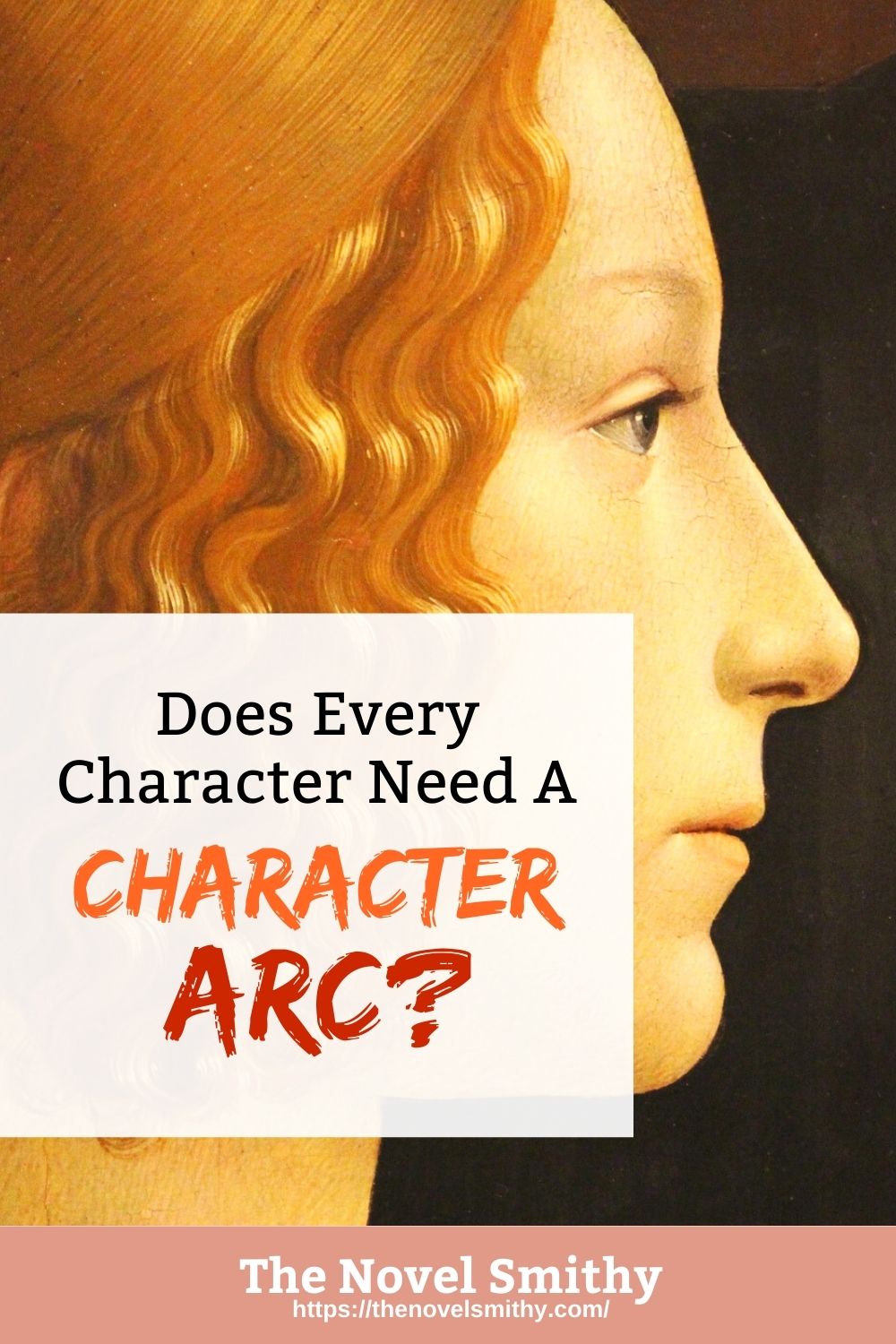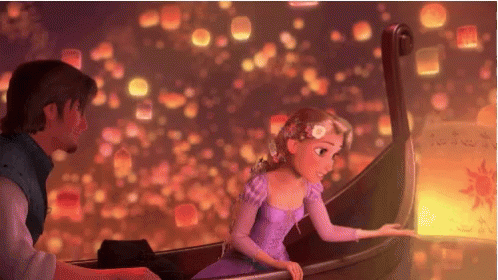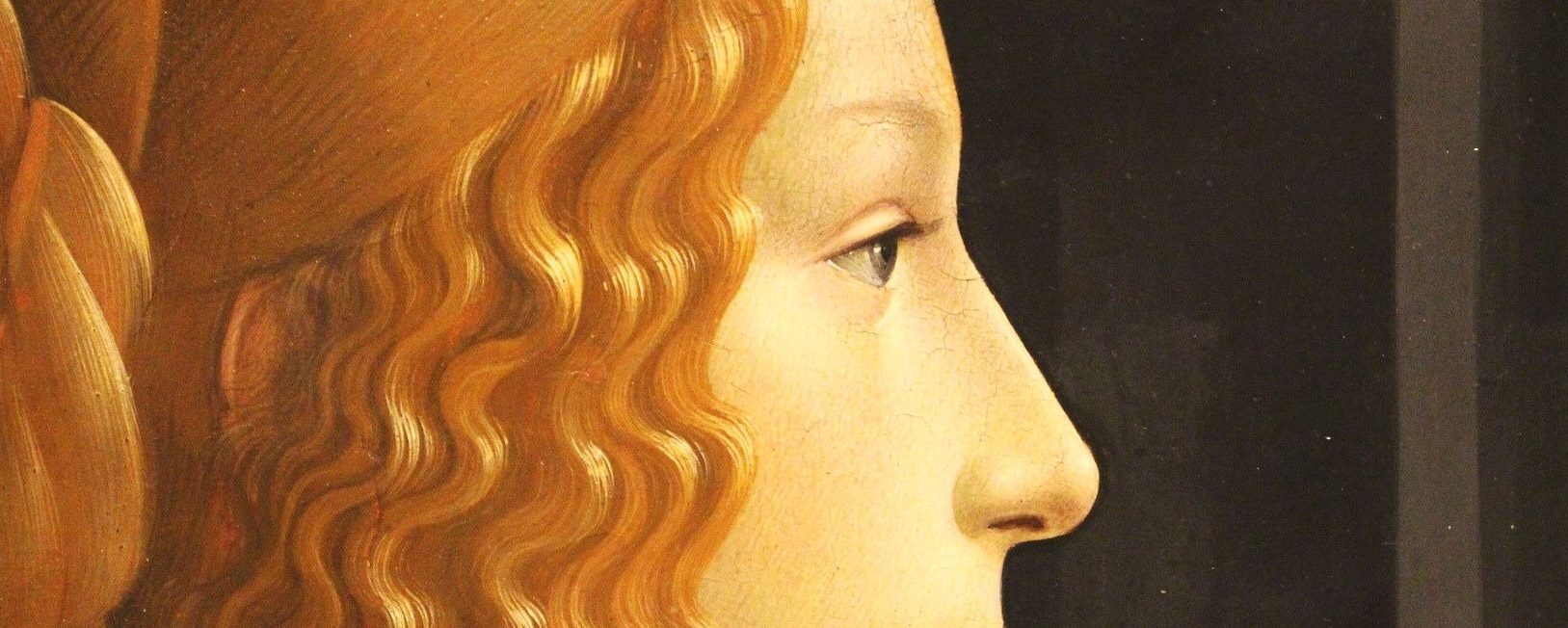Dynamic vs. Round Characters: Who Needs a Character Arc?
Often, writers assume every character needs an arc…
But, is that actually true? While every character is the hero of their own story, that doesn’t make them the hero of yours. Because of this, not every character you write will warrant a full character arc—and this is where the difference between dynamic and round characters becomes important.
Dynamic characters are those who transform throughout your novel, while round characters are well-developed, but don’t undergo any dramatic change. You’ll need to balance both types of characters if you want to do your novel justice. So, let me walk you through everything you should know about writing dynamic vs. round characters!
Does Every Character Need an Arc?
Contents
 Character arcs are a critical part of writing a cathartic (and thus enjoyable) novel.
Character arcs are a critical part of writing a cathartic (and thus enjoyable) novel.
For those who aren’t familiar with it, catharsis is the feeling of emotional satisfaction you get at the end of a good story. While there are many ways to create catharsis, character arcs are one of the best tools writers can use to trigger this wave of emotion. Not only do arcs help you craft believable change, but they also help you time that change so that it happens at all the right moments.
The problem is, not every member of your cast warrants a character arc.
NOTE: New to character arcs? You can find everything you need to know here: Character Arcs 101.
The key here is one of focus—specifically, which of your characters your novel focuses on. The random grocery clerk who sells your protagonist a pint of orange juice or the nice bus driver who drives them home serve important functions. However, they aren’t the focus of your novel. Instead, your protagonist, mentors, allies, and antagonist are, and thus they’re the characters who warrant a carefully crafted arc.
Of course, knowing how to identify these characters won’t always be easy. In some cases—like your protagonist—they might be obvious, but often the answer is anything but. You don’t want your cast to feel flat and boring, so how do you breathe life into characters without writing a character arc to support them?
Well, the answer largely comes down to what type of character they are: dynamic or round?
Comparing Dynamic vs. Round Characters
Dynamic Characters:
First up, dynamic characters form the backbone of your novel.
Dynamic characters are those who undergo significant transformations throughout your story in the form of character arcs. They’re also closely tied to your plot. This plot (and the conflict it creates) is what will trigger their journey, pushing them to take action, face difficult trials, and slowly evolve. As your plot challenges and tests them, they’ll be forced to learn important lessons that will change who they are as a person.
“A dynamic character is one whose worldview is changed by the end of a story — undergoing a major shift in perspective or personality.” – Reedsy
These characters also have a unique relationship with your readers.
Typically, these are the characters you’ll want your readers to identify with the most. They’ll act as your reader’s window into your story, and are often POV characters. All of this means that dynamic characters are usually the ones who capture readers’ hearts first and foremost.

You can see dynamic characters in action through Rapunzel and Flynn Rider from Disney’s Tangled. For starters, both of these characters undergo significant change (ie: arcs) over the course of their adventures. Rapunzel learns to stand up for herself and brave the “frightening” outside world, while Flynn lets go of his selfish desires in order to care for the person he loves. Meanwhile, audiences are encouraged to relate to both Rapunzel and Flynn. We see most of the story through their eyes, and thus they’re the focal point of the movie.
Round Characters:
Alongside dynamic characters, you’ll also have round characters.
Round characters are those without arcs, but who are still fully formed, well-developed people. These characters will have clear story goals, flaws, fears, and motivations, but won’t undergo any significant transformation over the course of your story. Instead, what makes them interesting is simply their personality and actions. After all, a character can still be integral to your novel without a character arc!
With that said, this doesn’t mean round characters won’t experience conflict or change. They might gain a new skill, earn some status, or discover a new perspective. The real difference here is that round characters aren’t torn between an inner struggle and truth—and thus don’t have a true arc.
As an example, think of Leia Organa from Star Wars.

Leia is an undeniably interesting, imposing figure, one who plays a major role in the original Star Wars trilogy. However, she also has no character arc to speak of. Instead, she’s a round character, complete with a distinct personality, desires of her own, and her own challenges to overcome.
How to Write Dynamic vs. Round Characters
Now, with those two types of characters in mind, you might be worried. How can you juggle ten or even twelve dynamic characters? After all, you love your cast, so they all deserve to be dynamic characters! Right?
Well, no—not really.
Though I don’t doubt that every character in your novel has a story to tell, the truth is that dynamic characters should be few and far between in most stories. Too many dynamic characters will overwhelm your readers, stealing the spotlight from your protagonist and the real point of your story.
So, where do dynamic and round characters actually belong in your novel?
Dynamic Characters:
The focal point of your story, usually your protagonist and one to two other characters. These characters form your novel’s backbone, and undergo significant change throughout their journey.
Round Characters:
Members of your core cast who don’t have full arcs, but who are still fully realized people. These characters create conflict, provide support, and add depth to your story, filling in the gaps left by your dynamic characters.
Background Characters:
Supporting cast members, purely there for their utility. They might get your characters from point A to B, provide some worldbuilding, or progress your plot. While they may have a few personality traits, they are not fully explored people.
You’ll notice that I included a third type of character in this list, and that is the background character. Realistically, your novel will include a whole variety of characters—some nameless—who are there purely to serve a function. These characters are background characters, important parts of your worldbuilding and plot, but not fleshed out in any way. Think of the unnamed civilians in any superhero movie, or the teachers in a highschool drama.
Balancing Your Cast
Ultimately, the thing to remember here is balance!
Every novel you write will include both dynamic, round, and background characters. For instance, your protagonist will be a dynamic character—a fully realized person with a significant journey of change. You might also have one or two additional dynamic characters, such as Han Solo from Star Wars or Johnny Castle from Dirty Dancing.
Meanwhile, your story will also feature a variety of round characters. A character like your antagonist is often a round character. Many antagonists undergo a negative character arc, but this is relegated to the distant past or otherwise happens “off screen.” Add in a handful of mentors, allies, and other enemies, and your cast will start to look complete. 🙂


Leave a Reply